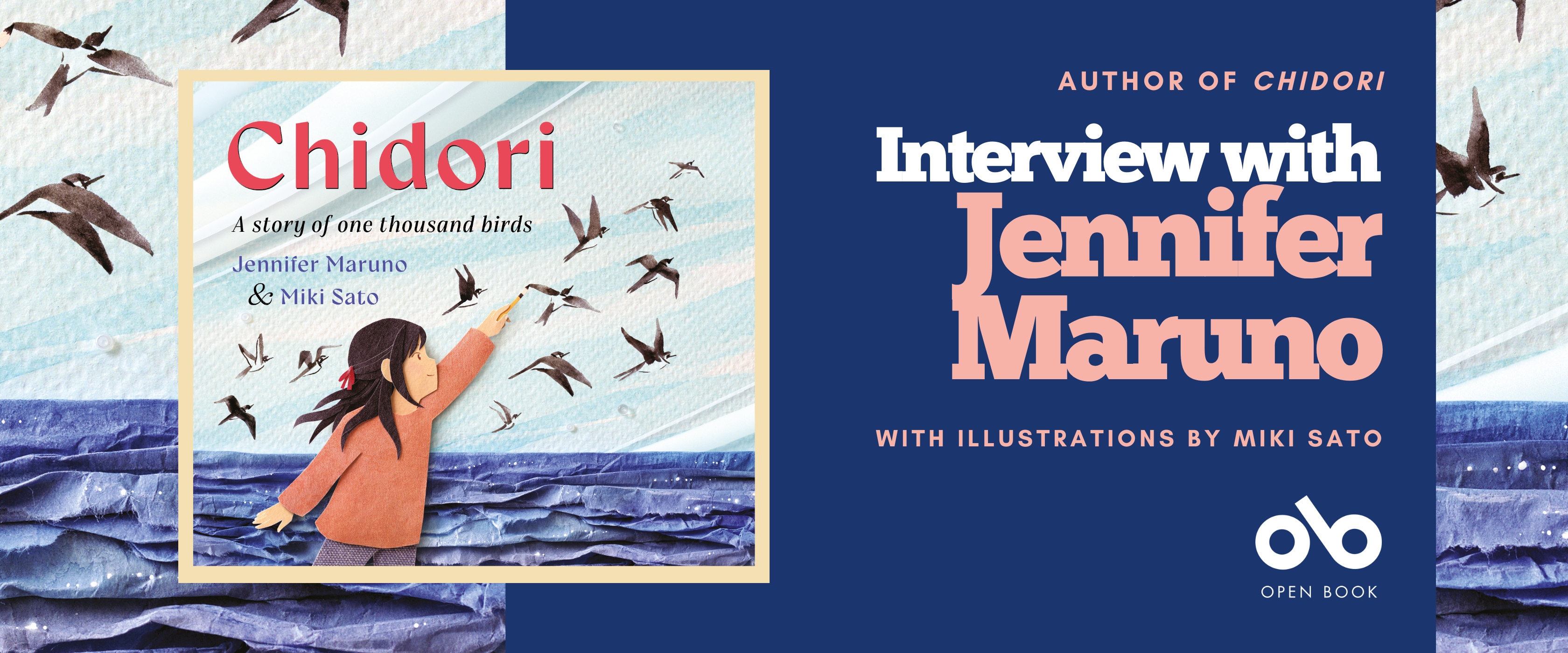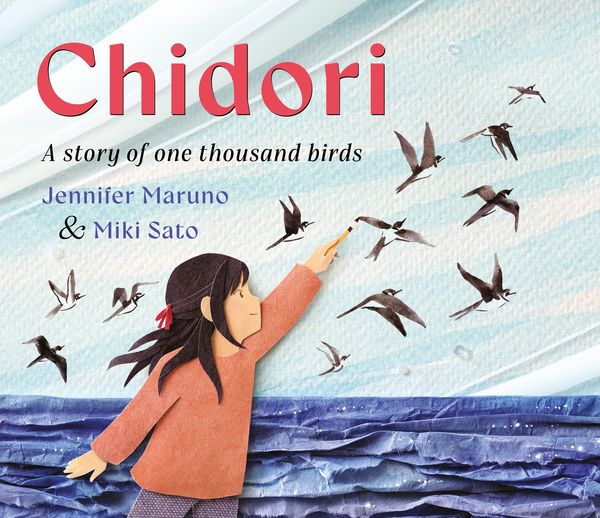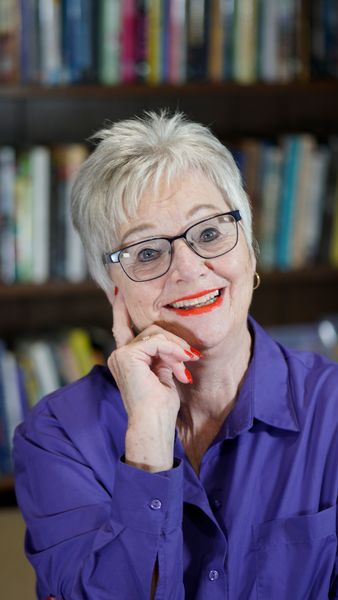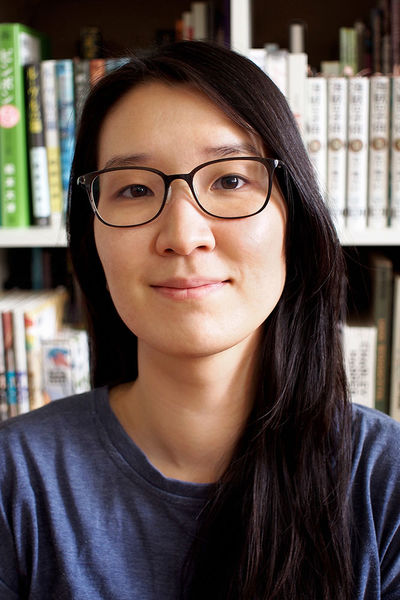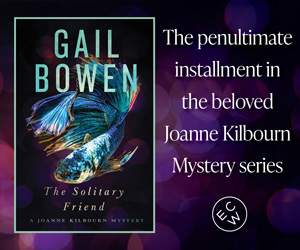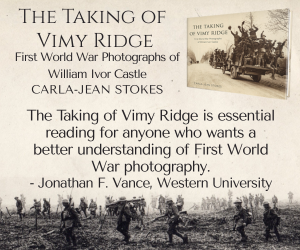Chidori Tells the Story of a Young Person's Resilience in the Face of a Devastating Tsunami
Trying to honestly explore serious topics with young readers can be a challenge, so it is no surprise the Jennifer Maruno leans on her experience as a teacher to broach certain subjects with the respect they deserve. This is clear in her latest work, which we're featuring today!
The fascinating new picture book, Chidori (Pajama Press), is inspired by true events and those who live in areas of the world where natural disasters are a part of life. Throughout this story, we follow Hana as she goes about her daily life until a devastating tsunami sweeps through Japan. Her school is on the side of a hill overlooking the ocean, and Hana watches this catastrophe from afar. But, when she finally makes it home, she is faced with the reality of what this wave has taken. This is where she takes it upon herself to begin painting chidori, which translates to "a thousand birds."
Maruno's skillful storytelling is perfectly matched with Miki Sato’s collage art, combining paper, textiles, and watercolour into vivid, three dimensional worlds that will fully immerse the reader.
We're thrilled to share this Kid's Club BFYP interview with the author of this beautiful new book. Check it out right here!
Open Book:
Tell us about your new book and how it came to be.
Jennifer Maruno:
In 2010, our next-door neighbours were transferred back to Japan by the husband’s company. In 2011, we watched the events of the earthquake and following tsunami worrying for their safety. I emailed immediately knowing full well power and internet services were down, but still hoping for some kind of response. We watched the NHK WORLD news for days. Finally, a message came through that they were safe and sound. Even with that much relieving news, we couldn’t stop tuning in to see how this amazing country was handling such a disaster.
Years later, a program on preparing for such disasters aired on the same news channel. The narrator pointed out that now there were children in schools that had not actually experienced the 2011 disaster. Educators were adjusting the curriculum to include information that would help to save lives in the future. Having been an educator for many years, I know information that comes in story form is better retained than when introduced as hard facts. I wanted Chidori to be truthful but lyrical, educational but heartfelt.
I couldn’t have been happier to have Miki Sato bringing her talent to my words.
OB:
Is there a message you hope kids might take away from reading your book?
Your CanLit News
Subscribe to Open Book’s newsletter to get local book events, literary content, writing tips, and more in your inbox
JM:
Nature took such a heavy blow during the tsunami. A whole forest along the coast was destroyed but one tree. The Miracle Pine in Rikuzentakata became Japan’s symbol of hope and recovery. Although the tree eventually died, donations from all over the world helped to recreate it as a monument.
In my book, I chose bird behaviour as a sign of nature’s recovery. Children watch birds fly away knowing they will eventually return. I wanted the image of a bird to symbolize Hana’s mother’s love which had flown away. Learning to paint birds like her mother, brought the memories of her back.
All children will eventually experience the departure of a loved one. Not all will be able to lay flowers on a gravestone due to the circumstances of the loss. Painting the birds from the shore to the stone at the top of the hill, honours her mother in a unique way. Children should be allowed to find solace for the loss of a loved one anyway they wish.
OB:
What defines a great book for young readers, in your opinion? Tell us about one or two books you consider to be truly great kids’ books, whether you read them as a child or an adult?
JM:
Children’s literature should have three important elements that attract a child’s mind: imagination, interest, and some small piece of new information..
There were few Canadian children’s books when I was growing up. We were totally dependent on British and American publications. Petunia, written and illustrated by Roger Duvoisin for Alfred A. Knopf, was a book I took out of the library on a regular basis When I was young. Petunia was one of the many talking animals on Mr. Pumpkin’s imaginary farm. She. was always called a “silly goose” until she finds a book. She had heard the farmer say, “He who owns books and loves them is wise.” I think that was my first experience with an informative quote.
Petunia carries the book around the farm becoming so arrogant at the thought of being wise her neck gets longer! The animals notice the change and ask her for advice, which is wrong each time, especially when she tells them a box of firecrackers is candy. Everyone gets hurt and the book is wrecked. She realizes it is not good enough to carry the words around – she would have to learn to read. I became determined to read every word in that story which sparked my interest in becoming a proficient reader.
The Truth About Wind written by Hazel Hutchins and Gail Herbert, illustrated by Dušan Petričić for Annick Press has not been given the attention is should. Basically, it is a “finders keepers, losers, weepers” story with a twist. Jesse, the main character, enjoys the toy he has found until he must explain his ownership. Young children are just learning the difference between entertaining stories and outright lies. Jesse’s conscience changes his behaviour. There’s lots of imaginative play, interesting stories (perhaps lies), and a very informative conclusion.
My Beautiful Birds written and illustrated by Suzanne Del Rizzo for Pajama Press is also a story about the hope of a young child as he struggles to redefine home. He also paints at the refugee camp but unfortunately does not find solace and smears his paintings black. The illustrations Suzanne has done are done using plasticine, polymer clay and other mixed media. Like Miki Sato, they both bring rich texture to the story’s illustrations Children will become interested in the care and keeping of birds, are informed about refugee camps, and can imagine the fate of all.
OB:
What's your favourite part of the life cycle of a book? The inspiration, writing the first draft, revision, the editorial relationship, promotion and discussing the book, or something else altogether? What's the toughest part?
JM:
The inspiration and first draft of any book is satisfying. A lot of aspiring writers stop there. But this is the time when you put it aside to “cook” as I like to say. When you return to the manuscript, you begin your revision of finding a better word or adjective and throwing out adverbs to replace stronger verbs.
I’ve always found the editorial relationship very rewarding. This fresh set of professional eyes is able to point out any miscues or lack of story transition. The goal of the writer-editor relationship is to make the book better and it always does.
The toughest part for me is promotion. There is so much noise on the internet. Social medial expectations get higher each year with reels, background music and two-minute videos. It can be mistakenly interpreted as promotion of the author rather than the wonderful book the publishing house has produced. I have fun with social media but don’t want a steady diet of being tied to productions as it takes time away from my writing.
Personal recommendations, from book-lovers and authors in their own right, like the ones Edy Graziani, Helen Kubiw, Marsha Skrypuch, Larry Swartz, and Viki Vansickle, give on morning news shows and in personal blogs, speak directly to those who want to know more about children’s literature. Recommendations from reputable review magazines such as Kirkus, Quill & Quire, Publishers Weekly, and The Canadian Children’s book Centre are something wonderful that I can in turn promote online. I also enjoy meeting book lovers at launches and conferences.
OB:
What was the strangest or most memorable moment or experience during the writing process for you?
JM:
Children are so very much aware of changes in nature and the power of water, wind and fire. A raging storm can be interesting to watch if you are in a safe place. Seeing snow swirl from the warm window of a home is fun, but the biting wind at the top of a toboggan hill is not. Splashing in a puddle after a rain storm can be fun but not when it fills your basement.
We experienced a devastating flood in my own town where over 30,000 homes were damaged. We lost the entire lower floor of our bungalow, meaning all my books, Christmas treasures, family photographs and artwork. The damage water can do by entering your home is unbelievable as it creeps into the furniture, up the walls and can result in black mold. Each home on our street had a large bin in the driveway for tossed possessions and walls torn out. The clean-up was immense as was the recovery time. Empathy for friends and neighbours was felt everywhere. Fortunately, not one life, human or pet, was lost in the great Burlington flood. Possessions can be replaced but loved ones can’t. I can still see the water rising up the stairs with my books floating below.
I watched a lot of footage of the 2011 event in Japan trying to find words suitable for a young child’s understanding of the power of a tsunami. I remembered the times I was teaching young children when they played with blocks, small cars, and doll furniture. When it was time to tidy up, one of them usually took on the role of “monster”, to smash down the tower, or wreck the parking lot before putting the toys away. From this memory I wrote, “Like a monster in a bad dream, it pushed the fishing boats into a screeching, creaking mountain of wood. It dragged the ocean across the village, tossing cars and trucks like toys. Eventually, as if it were tired from all it had done, the wave rested.”
There will always be rest after nature’s wrath, but it is the recovery that takes time.
_________________________________________
Jennifer Maruno is the author of seven novels for middle grade and young adult readers as well as the picture book Moose’s Roof. Her novels have been nominated for the Pacific Northwest Young Readers Choice Award, the Hamilton Arts and Culture Award, the Rocky Mountain Book Award, and more. She received her Bachelor of Arts from Waterloo University and Master of Education from Brock University. Formerly the Vice-President of the Canadian Society of Children’s Authors, Illustrators and Performers, among other literary roles, Jennifer currently enjoys writing and mentoring other writers full time. Jennifer lives in Burlington, Ontario.
Miki Sato is a Japanese-Canadian illustrator who uses a variety of different textures and materials to create three-dimensional images. Originally from Ottawa, she moved to Toronto to complete her degree in illustration from the Ontario College of Art and Design. Her first picture books are Golden Threads written by Suzanne Del Rizzo and Snow Days (2020) written by Deborah Kerbel. Miki also contributed to A World of Mindfulness (2020) in collaboration with 13 other Pajama Press illustrators.
